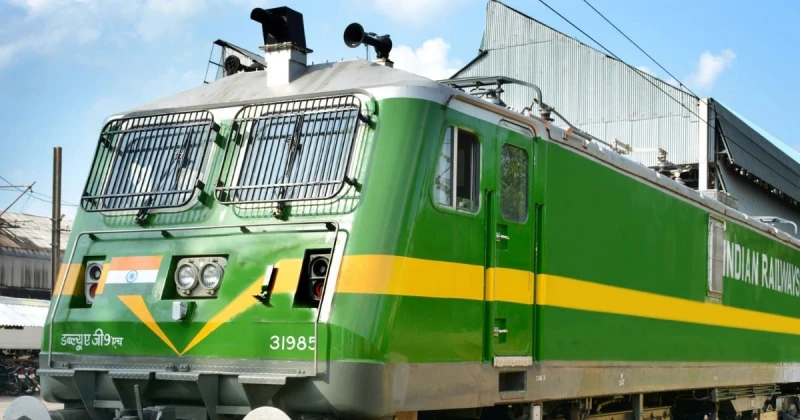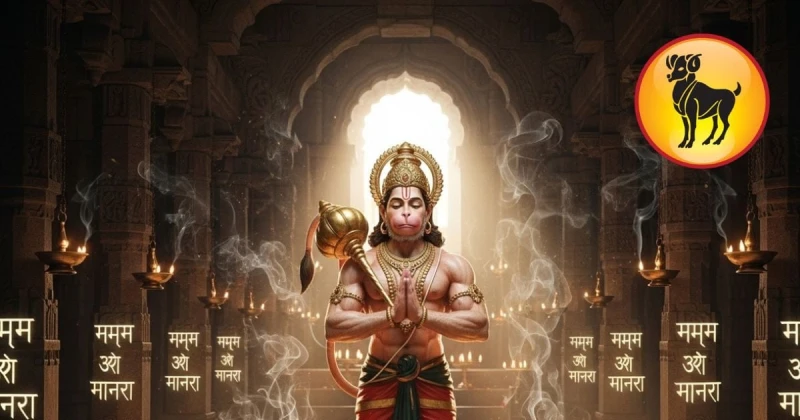Express News Service
SRIHARIKOTA: History beckons India. The ISRO’s heaviest rocket LVM3 has successfully put the Chandrayaan-3 spacecraft in Elliptic Parking Orbit (EPO )and in the next 40-odd days the national space agency will execute multiple orbit-raising manoeuvres to insert the spacecraft into the lunar orbit and attempt a controlled soft landing near the challenging terrain of the moon’s unexplored South Pole around August 23.
This is ISRO’s most ambitious and complex mission undertaken to date and comes four years after Chandrayaan-2’s Vikram lander crash-landed on the moon’s surface. The scenes of the former chairman K Sivan breaking down in tears inside the mission control room and Prime Minister Narendra Modi consoling him are still fresh in everyone’s mind.
But that failure has provided invaluable insights and formed the basis for the Chandrayaan-3 spacecraft design, which underwent significant corrections.
On Friday afternoon, the LVM3 rocket carrying 3,900 kgs Chandrayaan-3 spacecraft majestically lifted off from the second launch pad at Satish Dhawan Space Centre (SDSC-Shar), Sriharikota in Andhra Pradesh. This was only the first few phases of the total mission. The mission is deemed a success after it completes all the 10 phases, which were broadly divided into Earth Centric Phase, Lunar Transfer Phase and Moon Centric Phase.
ISRO chairman S Somanath declared that Chandrayaan-3 has been successfully placed in the precise orbit around the Earth and is on its way to the moon.
Chandrayaan-3 mission: Spacecraft lifts off successfully from SriharikotaRead @ANI Story | https://t.co/8fATRuqkzy#ISRO #Chandrayaan3 #Sriharikota pic.twitter.com/2Pj1frPCBh
— ANI Digital (@ani_digital) July 14, 2023
According to ISRO sources, the spacecraft would enter the Lunar Transfer Phase around the last week of this month or in the first week of August, an important milestone that set off Chandrayaan-3’s journey towards the moon. The spacecraft will then be inserted into lunar orbit around August second week.
The spacecraft has three components – Propulsion Module, Lander Module (Vikram) and Rover (Pragyan). The pre-landing phase is likely to commence in the third week of August, sources said and added these are estimates for nominal performance.
Finally, the spacecraft will reach a 100 km circular lunar orbit, which is when the lander module, composed of Vikram and Pragyan, will separate. Vikram lander is likely to make a controlled soft landing on August 23 after which Pragyan will slide down from Vikram’s womb and begin to move on the lunar surface using its wheels.
The Vikram and Pragyan carry scientific payloads to conduct experiments on the lunar surface. The Pragyan rover’s two payloads – Alpha Particle X-Ray Spectrometer and Laser Induced Breakdown Spectroscope – will study the chemical composition and infer mineralogical composition to further enhance our understanding of the lunar surface.
International space agencies like NASA and ESA hailed ISRO’s choice to land near the moon’s south pole despite knowing the challenges associated with it. The polar regions are considered tricky since they are home to permanently shadowed craters. The temperature touches -230 degree Celsius.
These harsh conditions make the operation complex. ISRO scientists want to explore the polar regions of the moon because ice molecules could be present in the deep craters in this region. This was also indicated by the Chandrayaan-1 mission.
READ MORE: Chandrayaan-3 mission will carry hopes and dreams of our nation: PM Modi
SRIHARIKOTA: History beckons India. The ISRO’s heaviest rocket LVM3 has successfully put the Chandrayaan-3 spacecraft in Elliptic Parking Orbit (EPO )and in the next 40-odd days the national space agency will execute multiple orbit-raising manoeuvres to insert the spacecraft into the lunar orbit and attempt a controlled soft landing near the challenging terrain of the moon’s unexplored South Pole around August 23.
This is ISRO’s most ambitious and complex mission undertaken to date and comes four years after Chandrayaan-2’s Vikram lander crash-landed on the moon’s surface. The scenes of the former chairman K Sivan breaking down in tears inside the mission control room and Prime Minister Narendra Modi consoling him are still fresh in everyone’s mind.
But that failure has provided invaluable insights and formed the basis for the Chandrayaan-3 spacecraft design, which underwent significant corrections. googletag.cmd.push(function() {googletag.display(‘div-gpt-ad-8052921-2’); });
On Friday afternoon, the LVM3 rocket carrying 3,900 kgs Chandrayaan-3 spacecraft majestically lifted off from the second launch pad at Satish Dhawan Space Centre (SDSC-Shar), Sriharikota in Andhra Pradesh. This was only the first few phases of the total mission. The mission is deemed a success after it completes all the 10 phases, which were broadly divided into Earth Centric Phase, Lunar Transfer Phase and Moon Centric Phase.
ISRO chairman S Somanath declared that Chandrayaan-3 has been successfully placed in the precise orbit around the Earth and is on its way to the moon.
Chandrayaan-3 mission: Spacecraft lifts off successfully from Sriharikota
Read @ANI Story | https://t.co/8fATRuqkzy#ISRO #Chandrayaan3 #Sriharikota pic.twitter.com/2Pj1frPCBh
— ANI Digital (@ani_digital) July 14, 2023
According to ISRO sources, the spacecraft would enter the Lunar Transfer Phase around the last week of this month or in the first week of August, an important milestone that set off Chandrayaan-3’s journey towards the moon. The spacecraft will then be inserted into lunar orbit around August second week.
The spacecraft has three components – Propulsion Module, Lander Module (Vikram) and Rover (Pragyan). The pre-landing phase is likely to commence in the third week of August, sources said and added these are estimates for nominal performance.
Finally, the spacecraft will reach a 100 km circular lunar orbit, which is when the lander module, composed of Vikram and Pragyan, will separate. Vikram lander is likely to make a controlled soft landing on August 23 after which Pragyan will slide down from Vikram’s womb and begin to move on the lunar surface using its wheels.
The Vikram and Pragyan carry scientific payloads to conduct experiments on the lunar surface. The Pragyan rover’s two payloads – Alpha Particle X-Ray Spectrometer and Laser Induced Breakdown Spectroscope – will study the chemical composition and infer mineralogical composition to further enhance our understanding of the lunar surface.
International space agencies like NASA and ESA hailed ISRO’s choice to land near the moon’s south pole despite knowing the challenges associated with it. The polar regions are considered tricky since they are home to permanently shadowed craters. The temperature touches -230 degree Celsius.
These harsh conditions make the operation complex. ISRO scientists want to explore the polar regions of the moon because ice molecules could be present in the deep craters in this region. This was also indicated by the Chandrayaan-1 mission.
READ MORE: Chandrayaan-3 mission will carry hopes and dreams of our nation: PM Modi





